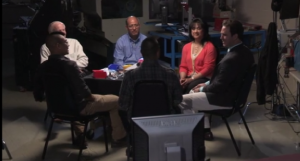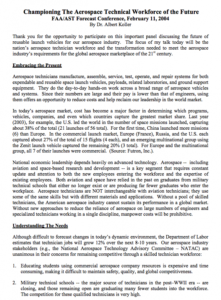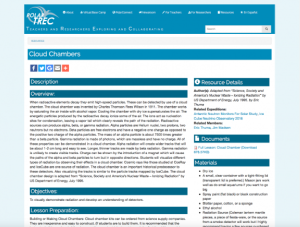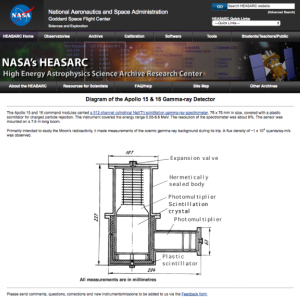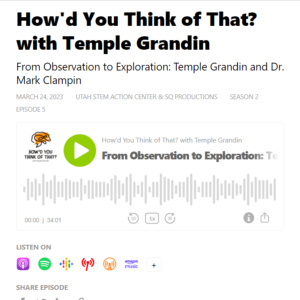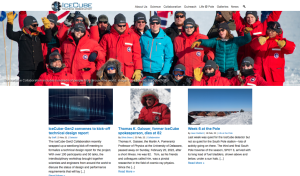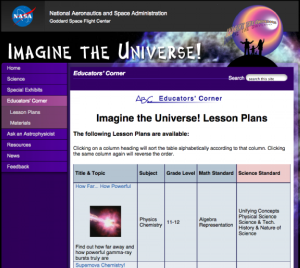Browse Resources
Engineering Technologies -- Space technologies
Resources | |
|---|---|
This activity is provided by the Stanford Solar Center and gives students the opportunity to study sunspots. Students will measure sunspot speeds and shapes across the solar disk to determine whether the spots are on the Sun or are planets revolving around it (Galileo's dilemma). This activity...
This 8-page case study on SpaceTEC, published by SageFox Consulting Group, is part of a series that examines ATE centers after funding from the National Science Foundation (NSF) ceases. The study examines the center from its conception to the present. The study presents a summary, outlines the...
Wesley Hipolito was introduced to machining technology through the College Connection Program at Asnuntuk Community College. Now, after more coursework, an ATE sponsored internship, and a seamless transition into the workforce he has established himself as an integral part of the future of...
The focus of this presentation is the nation's aerospace technician workforce and the transformation needed to meet the aerospace industry's requirements for the global aerospace marketplace of the 21st century.
This lesson plan, adapted from the United States Department of Energy's "Science, Society and America's Nuclear Waste-Ionizing Radiation," teaches students how to visually demonstrate radiation and develop an understanding of detectors. This webpage includes downloads to a PDF document of the...
This is a diagram of the Apollo 15 & 16 Gamma-ray Detector from the NASA website. Primarily intended to study the Moon's radioactivity, the detector made measurements of the cosmic gamma-ray background during its trip. Measurements are in millimeters.
This group of activities is provided by Stanford Solar Center and covers topics such as plant growth and evaporation, building a greenhouse, and the Sun's affect on the Earth's magnetosphere by AM radio reception. Information is provided on student prerequisites, materials needed, teacher...
This podcast is hosted by Temple Grandin and is provided by the STEM Action Center. This podcast features STEM professionals discussing their work and the benefits of a multifaceted approach to STEM education. During episode five of season two, Temple Gradin speaks with Mark Clampin about NASA’s...
This website provides information about the University of Wisconsin-Madison's IceCube particle detector located at the South Pole. IceCube is the world's largest neutrino detector that searches for violent astrophysical events such as, "exploding stars, gamma-ray bursts, and other cataclysmic...
The Educators' Corner, from Imagine the Universe out of NASA's Goddard Space Flight Center, contains astronomy and space science lesson plans and resources for middle and high school students. Lesson plans cover the topics of frequency and wavelength, x-ray spectroscopy, supernova chemistry, and...
| |
| Next → | |


